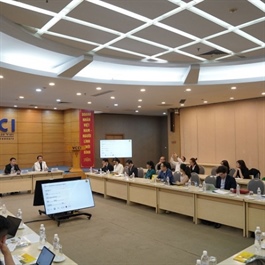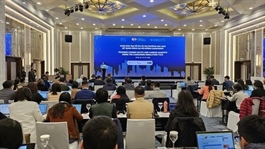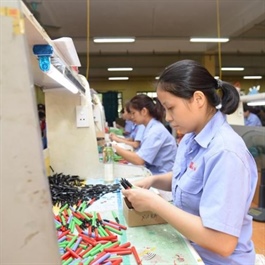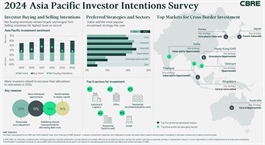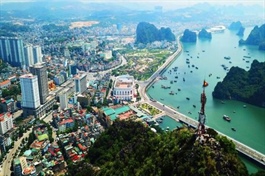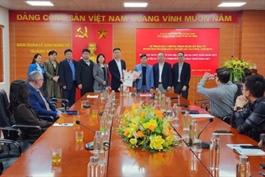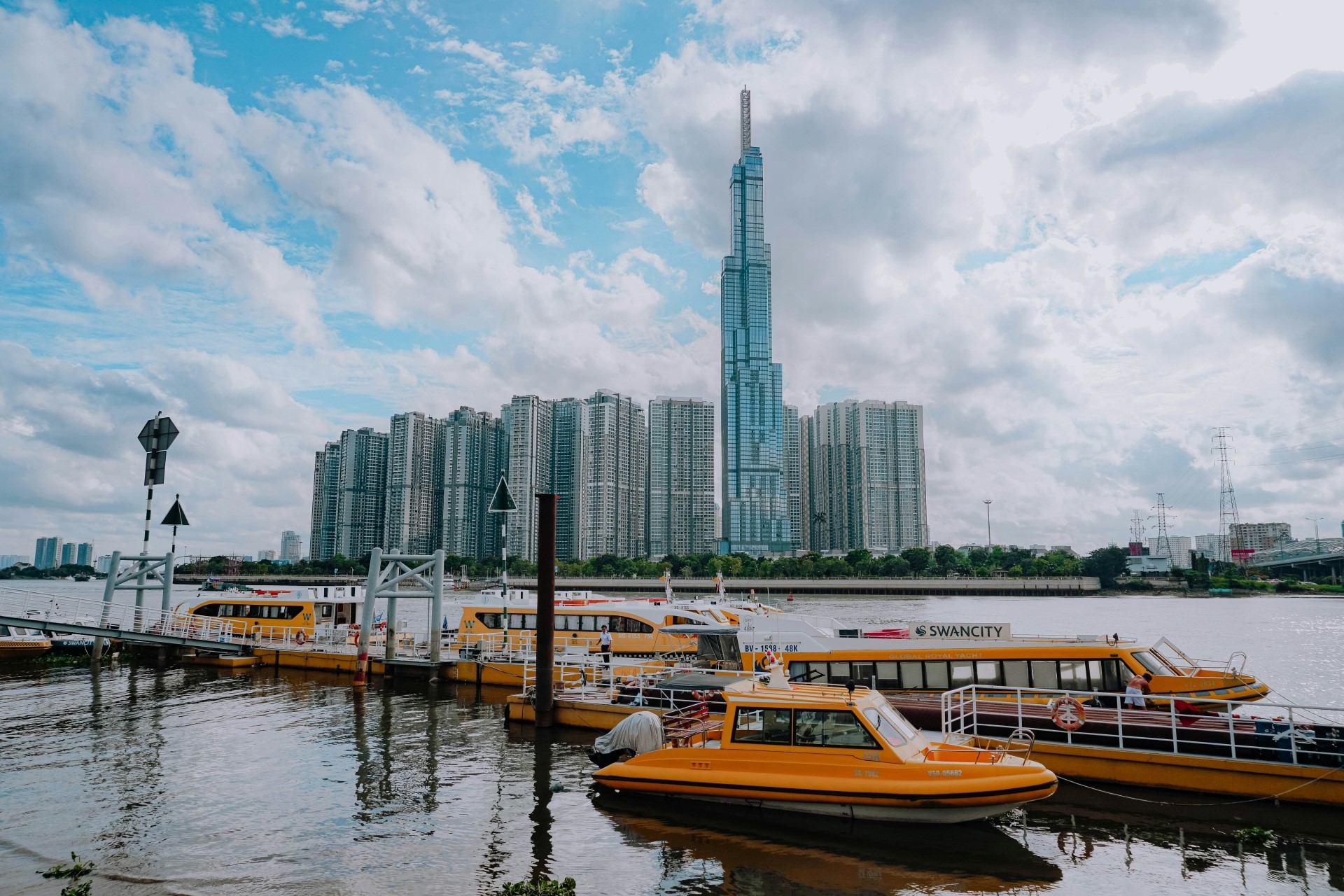High and quality growth key to breaking out middle-income trap
High and quality growth key to breaking out middle-income trap
The next several years of the decade will play a decisive part in transforming Việt Nam into an industrialised nation, achieving its goal of sustainable development and breaking into the world's high-income group.
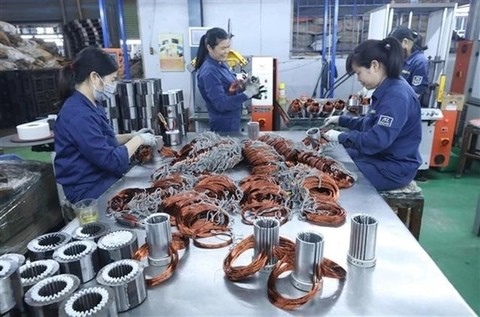
Workers at a water pump factory in the northern province of Bắc Ninh. — VNA/VNS Bảo Long |
That's the view of economists and policymakers speaking at a recent conference at the National Economics University (NEU).
Prof. Phạm Hồng Chương, head of the NEU, said a key objective for the Southeast Asian economy in the coming years remains to figure out how to break out of the middle-income trap, an issue shared by neighbouring countries including Thailand, Malaysia and Indonesia.
Economist Ngô Thắng Lợi said Việt Nam must align rapid growth with quality growth, stressing the importance of creating a balance between economic development and social progress. This is considered very challenging as to realise Việt Nam's high-income objective, the economy must maintain an average growth of 7 per cent in the next 20 years, he said.
The current robust development of digital technology, including artificial intelligence, has been providing Việt Nam's economy with ample opportunities for growth, improved competitiveness and ability to produce high-quality products and services. At the same time, they pose major challenges including increased unemployment, political and social challenges, infrastructure issues and greater risks related to information safety and security.
To make matters worse, the country looks at an ageing population and rising wages against a backdrop of slowdowns in global trade and increasingly stricter environmental standards. Meanwhile, environmental degradation, climate change, and major outbreaks such as the COVID-19 pandemic have stronger impacts that can undermine the country's development process.
He called for a fairer playing field for all economic players, with a stronger focus on policies for the private sector.
"Global experiences show that countries can achieve middle-income levels through liberalisation, privatisation, and international integration, but to reach higher income levels, policy efforts are required to stimulate the dynamism of the private sector," he said.
Prof. Trần Văn Thọ from Japan's Waseda University said in recent decades, Việt Nam has made significant progress including income growth, poverty reduction, education improvement, mortality rate reduction, economic structural transformation, and successful policies attracting FDI and signing free trade agreements. There are several successful large corporations, namely VinGroup/Vinfast, Viettel, and FPT.
"But Việt Nam needs to do better than that," he said.
According to Thọ, despite remarkable development in the 1990s, the country has not achieved a high development stage, or 10 per cent annual growth rate sustained for ten years. During the demographic golden age, Việt Nam's industrialisation rate remained low, and the size of the economy's informal sector remains significant with too many micro and small enterprises.
He emphasised the importance of economic policies to accelerate structural transformation to increase productivity, formalise the informal sector, increase the scale of enterprises to boost capital accumulation and technological innovation, reform and develop production factor markets to allocate resources efficiently and promote structural transformation, focus on providing skilled labour and encourage R&D activities.
He said in the next decade, industrialisation expansion, industrial restructuring, and institutional reform to allocate resources efficiently will serve as productivity boosters for Việt Nam. At the same time, the country must prepare for a growth era based on innovation and creativity for the 2030s and beyond.
Prof. Kenichi Ohno from the Japan National Graduate Institute for Policy Studies (GRIPS) said Việt Nam's challenge is that growth is slowing down at the middle-income level too early instead of accelerating. In addition, the country heavily relies on FDI for exports, technology, and economic restructuring, but its participation in the global value chain is limited. It has also been slow in building a modern transportation system.
Kenichi said there are signs of Việt Nam falling deeper into the middle-income trap, including slow growth at the middle-income level, a shortage of skilled engineers, innovators, and high-skilled workers, average labour productivity and total factor productivity. He advised the Vietnamese Government to quickly address said issues by improving leadership capacity, and economic policy and promoting technology and innovation with fewer administrative barriers.
Economist Cấn Văn Lực said the country's economy is on the path to recovery, but as a highly open economy, external challenges and internal difficulties impact its growth and resilience.
He called for additional stimulus for economic growth, including effective public investment disbursement, strong and sustainable development of the private economic sector, and boosting domestic consumption.




